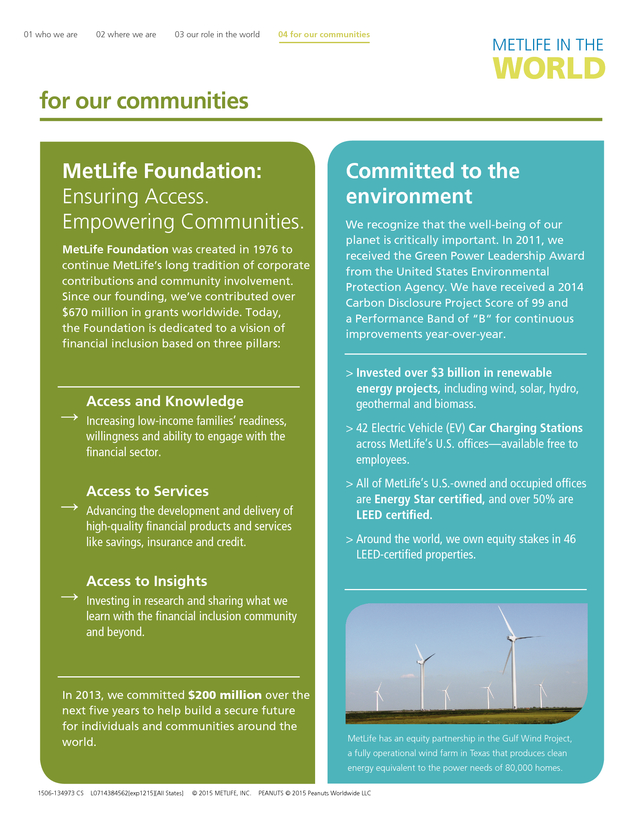
I looked at a MetLife variable annuity a few years ago, don't know if it was the same one. Thank you for that example, and the warning (the warning is important because I think because the example where Jim gets to take advantage of market returns is rarely going to happen). For this, BOTH GMIB % must be given AND annuitization rates. What matters is the actual income that will be guaranteed. In short, GMIB percentages are completely meaningless. The higher the GMIB %, the lower the guaranteed annuitization rates. Instead, that is something that can be annuitized. It doesn't make sense to look at these as dollars, because there is no way for Jim and John to take that money. John buys one from another company that is 7%. This is because we need to look at the guarantees as a number and not as a dollar figure.Įx. With GMIB products that have to be annuitized, the GMIB rate is meaningless.

It might, but it shouldn't be assumed.Ĭruz makes an important point. I would not make the assumption that this MetLife product does. Older GMIB products used to all require annuitization. The payout rate on an annuitized GMIB is less than the prevailing payout rate. You must annuitize to collect on the GMIB.Oicuryy wrote:Here is a link to a Humberto Cruz article on GMIBs. Warning: The better the guarantee, the greater the chance of only getting what is guaranteed. The gurarantee of the SPIA is both the best case and worst case scenario.

However, the guarantee of the VA is the WORST CASE scenario and it can be better. In short, the VA gives a guarantee that is not as good as the guarantee of the SPIA.

He takes out $5000, but because of the growth of the investments, his account is now worth $115,000. This will allow him to take out more in the future. What if he decides that he doesn't want to take out money or decides to take out less? That's also fine and his benefit base will continue to grow. So, if he takes out $5,000 and then dies, his beneficiaries will still get the contract value. What if the $5,000 is fine with him? This VA doesn't require annuitization. If the only thing that he cares about is having the greatest guaranteed income for the rest of his life, the SPIA is better. Company ABC's product will guarantee him $5,000/year for as long as he lives. A SPIA will pay him $6,000/year for as long as he lives. This is simply why someone might choose to buy it.Ĭompany ABC has a product in which the benefit base (not the same as the contract value) always increases by 5% and one can always take 5% of this amount. Serious question.īecause the person isn't usually just looking for a guaranteed (current) income stream. If all you're looking for is a guarenteed income stream, why choose a variable annuity over a SPIA (Single-premium immediate annuity).

Just understand how much possible upside you can be sacrificing to get this guarantee. Would you be happy with just getting this amount? If you would be happy with that, the product may make sense. Is it too huge? That is for you to decide. That is a huge price to pay for the guarantee. John's investment in 15 years is now worth $207,000. Because of expenses, he underperforms by 3% a year. Jim's investment in the market is now worth $317,000. The market averages 8% for the next 15 years. The total expenses are probably in the range of 3%.Įx. It is very expensive to guarantee this income. One of the problems is that they are usually misunderstood, both positively and negatively. Could someone explain what I'm missing here and why is it bad? Bink wrote:Am I missing something 5.5% seems sweet, but I heard variable annuities are terrible.


 0 kommentar(er)
0 kommentar(er)
